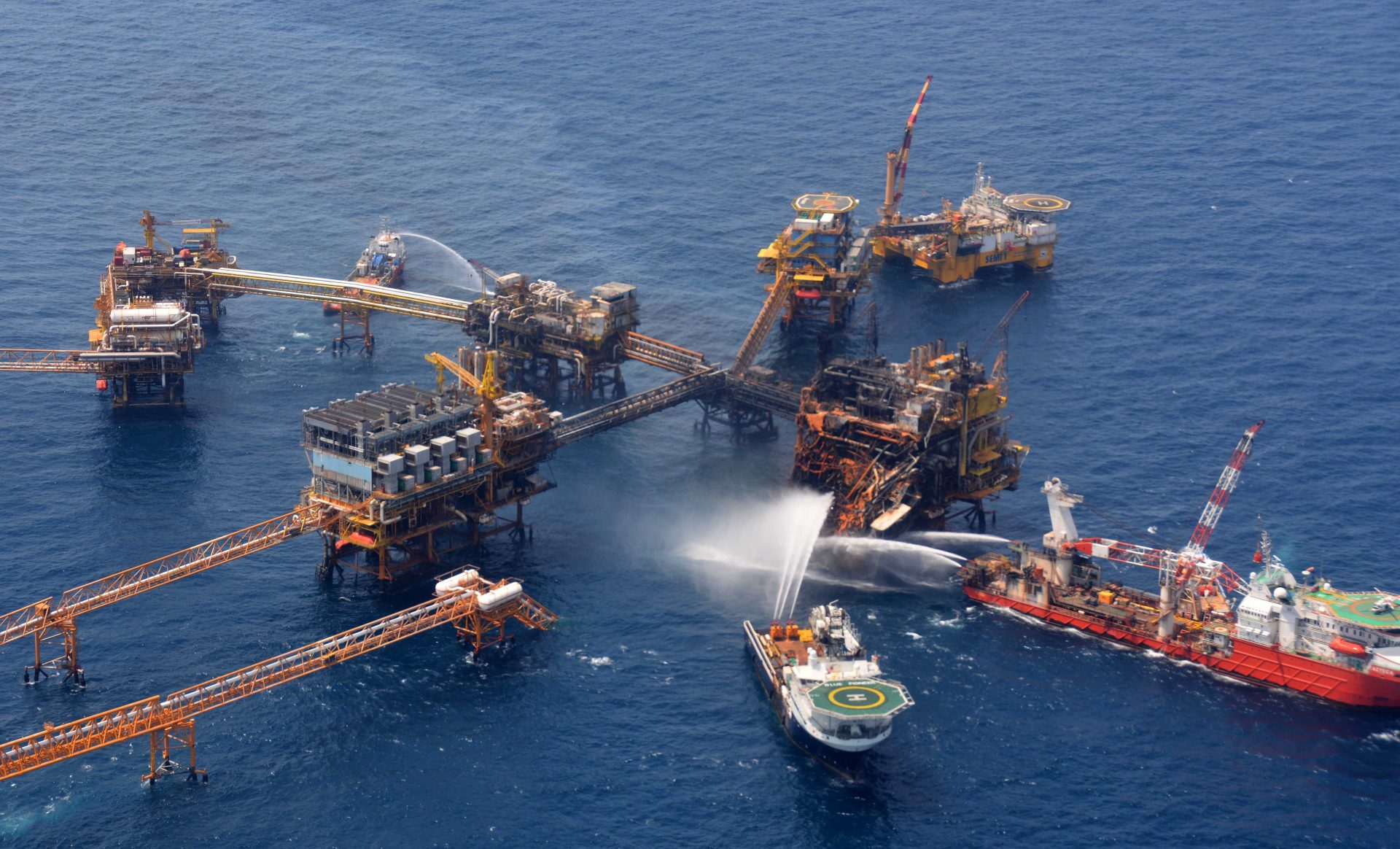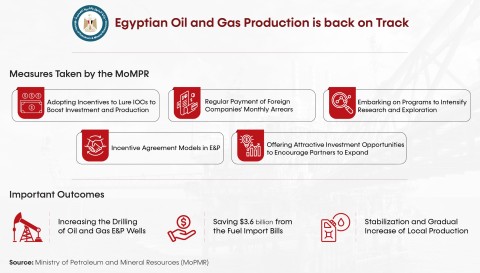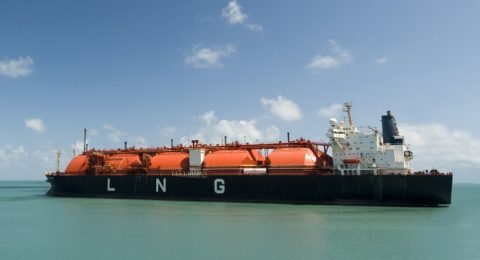Petroleos Mexicanos seems to have misplaced 2.7 million barrels of oil.
Since a deadly blast on April 1 tore through one of its offshore platforms, the state oil giant has baffled industry analysts with its assessment of the damage.
Pemex has said the disaster, its deadliest this year, affected about 1.5 million barrels of production. But Energy Ministry reports show the actual figure is nearly three times higher: 4.2 million barrels in lost output since April 1.
The disparity raises questions about how Mexico’s lone oil operator does — or doesn’t — keep investors in the loop about its sprawling business. It comes as Pemex tries to lure $33 billion in joint-venture investments to bolster sagging output – – all the more important after Mexico recently failed to attract enough buyers for offshore fields it wants to develop.
Pemex is “failing to understand that in this world of transparency, you have to be careful what you say,” said Luis Maizel at LM Capital Group, who manages $5.5 billion of fixed-income assets, including Pemex bonds. “People don’t forget.”
Pemex has given conflicting statements about how much output was cut. In an e-mailed response to questions on July 8, Pemex reiterated its 1.5 million-barrel estimate. In a follow-up e-mail on July 10, the company said Bloomberg’s 4.2 million-barrel calculation was also “in the order of Pemex’s estimates” and didn’t provide details to explain the difference when asked in additional messages. At the heart of the confusion appears to be what, exactly, Pemex means by lost output. The production isn’t “lost,” Pemex says, just “deferred.”
“It seems like Pemex is using a word game to avoid calling production lost,” said George Baker, an oil analyst and publisher of Mexico Energy Intelligence. “If production is being deferred after an accident, then that means the infrastructure isn’t in place or in good enough condition to pump the oil, so wouldn’t that be the same thing as lost production?”
It’s not the first time Pemex’s output figures raise such questions. In addition to missing its own annual targets in each of the past seven years, Bloomberg News in August reported Pemex was including water in its barrel count. A week later, the company acknowledged the mistake and cut production estimates for 2014’s first half by a total of 23.5 million barrels.
The yield on Pemex’s bonds due 2023 rose 5 basis points to 4.5 percent at 2:48 p.m. in New York.
The explosion before dawn on April 1 on the Abkatun fixed platform marked the beginning of a series of offshore accidents this year. Anchored directly into the seabed and sitting above the water on metal columns, Abkatun is part of an offshore complex that processes oil from four fields in the Campeche Bay, nestled in the Gulf of Mexico’s southwestern curve.
Videos posted online showed smoke billowing into the sky as flames engulfed the platform used to separate oil and gas from various wells. It took 36 firefighting boats and 16 hours to extinguish the blaze.
Almost immediately, Pemex began downplaying the effects on output. The day of the blaze, Pemex said in a statement the impact was “minimal.” A day later, a company official said deliveries were on time. By the end of the week, then-Exploration and Production Director Gustavo Hernandez said 92 percent of output would be resumed by month-end. And on April 30, he told investors that 2015 production goals would be met for the area. Production was hurt, he said, but only a week’s worth, or about 1.5 million barrels.
Three months after the accident, Energy Ministry reports show output at the four fields — Abkatun, Ixtal, Chuc and Caan — still hasn’t returned to pre-blast levels. It finally hit the 92 percent mark this month, two months later than Pemex said it would.
Bloomberg calculated the lost output by comparing the daily average for each field in the first three months of 2015 with the post-explosion daily output through May 31, the most recent official figures available from the ministry. The 2.7 million-barrel gap is enough to make gasoline to fuel 165,000 cars for more than a year.
“The message Pemex is communicating to the market is what the market wants to hear, but it doesn’t float with the data they have,” said Wilbur Matthews, CEO of San Antonio-based Vaquero Global Investment, which oversees more than $100 million in assets including oil-producer bonds.
Source: Bloomberg












